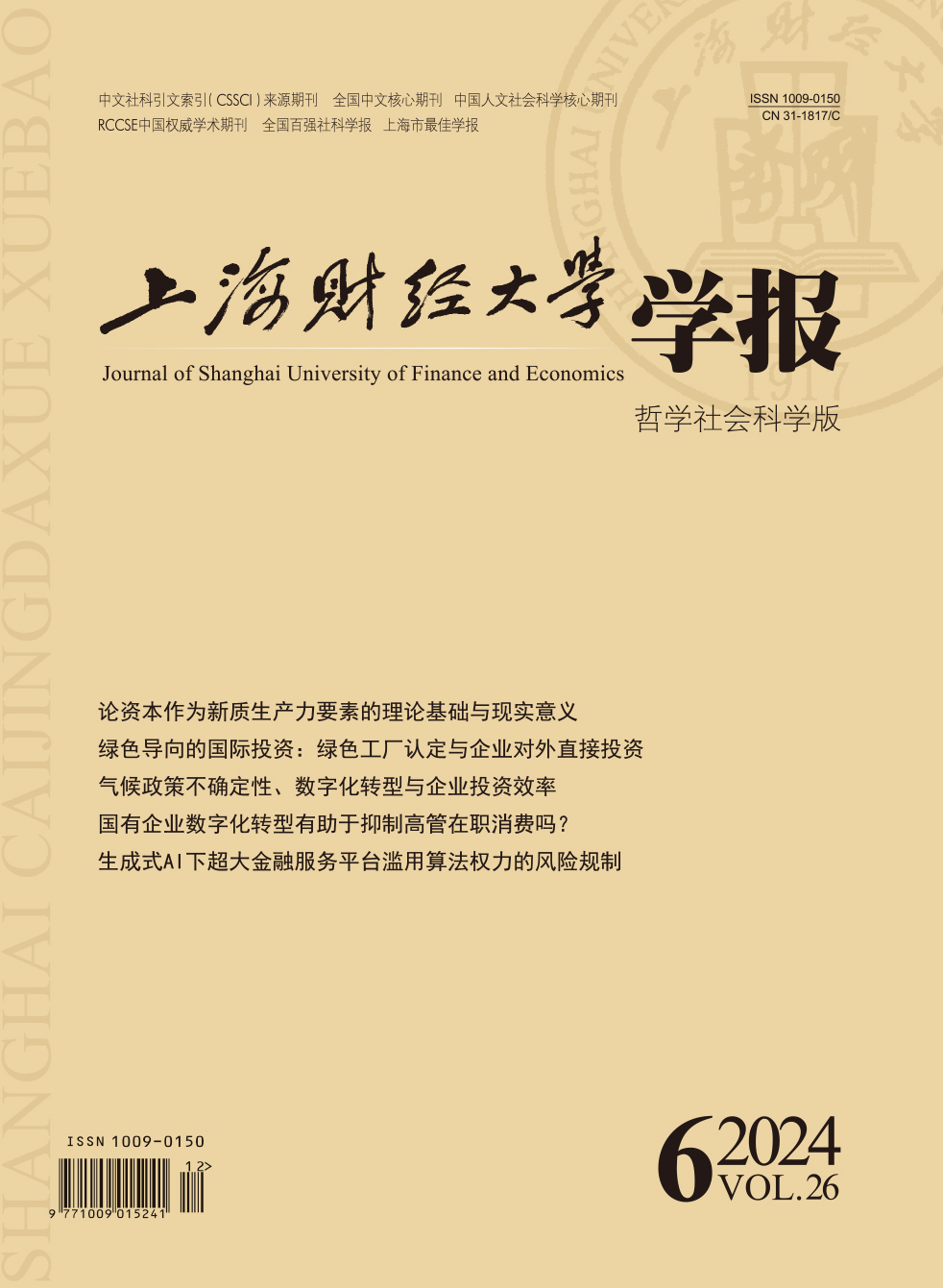The Belt and Road Initiative(BRI)aims to create a new paradigm of China’s opening-up. Using the input-output data from Eora 26 database from 1995 to 2015, this paper measures the agricultural value chain linkages(AVCL)by fun-tuning the cross-border times indicator, examines the policy effect of the BRI on AVCL, and analyzes the potential mechanism and heterogeneity of the policy effect. We find that the implementation of the BRI has significantly promoted the AVCL between China and economies along the Belt and Road from the perspectives of both value-added outflow and inflow, which is confirmed by a series of effectiveness checks. The heterogeneous effect analysis suggests that economies along the overland Silk Road and in areas adjacent to China get stronger AVCL promotion, and the policy effect is significant for economies with low political and investment risks, but not in those with high political and investment risks. We also explore the potential interference effect of free trade agreements(FTA)using triple difference models, which indicates that the AVCL promotion effect of the BRI is robustly significant, but FTA partner countries get stronger AVCL promotion. Also, we find that the policy effect of the BRI on AVCL is mainly achieved by reducing agricultural trade costs and extending agricultural production lengths. The above results have important policy implications: First, under the existing cooperation mechanism, it is necessary to formulate advanced agricultural cooperation agreements, and the quasi-public goods role of BRI should be fully utilized in the field of international food security and high-quality agricultural development. Second, China can take advantage of its own agricultural production capacity, identify the heterogeneity of the target market, distinguish the comparative advantages of different markets in the cooperation of primary agricultural products, agricultural semi-finished products, and agricultural capital products, take into account the political environment and business operations of different markets, and formulate differentiated agricultural cooperation policies. Third, countries along the Belt and Road should promote cooperation in the fields of cross-border e-commerce, agricultural product inspection, and construction of agricultural industrial parks, so as to reduce the cost of cross-border agricultural trade and extend the cross-border agricultural value chains.
 / Journals / Journal of Shanghai University of Finance and Economics
/ Journals / Journal of Shanghai University of Finance and EconomicsJournal of Shanghai University of Finance and Economics
LiuYuanchun, Editor-in-Chief
ZhengChunrong, Vice Executive Editor-in-Chief
GuoChanglin YanJinqiang WangWenbin WuWenfang, Vice Editor-in-Chief
Effect of the Belt and Road Initiative on Agricultural Value Chain Linkages: Evidence from Eora 26 Input-Output Data
Journal of Shanghai University of Finance and Economics Vol. 22, Issue 06, pp. 79 - 94 (2020) DOI:10.16538/j.cnki.jsufe.2020.06.006
Summary
References
Summary
Cite this article
Qin Guoqing, Zhu Yuchun. Effect of the Belt and Road Initiative on Agricultural Value Chain Linkages: Evidence from Eora 26 Input-Output Data[J]. Journal of Shanghai University of Finance and Economics, 2020, 22(6): 79-94.
Export Citations as:
For
ISSUE COVER
RELATED ARTICLES




 3877
3877  3597
3597

